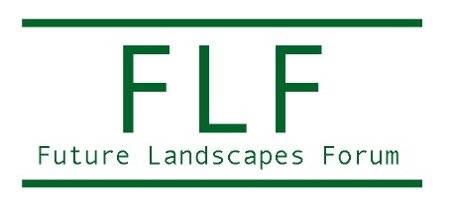Problems Bracken causes in Great Britain and the demise of asulam
As a group of leading scientists and practitioners in upland management and socio- ecological impacts, we have growing concerns around the public and policy debate about managing bracken and the issues around the use of the herbicide asulam. Asulam is a herbicide used to control bracken and docks. It is usually marketed as the product Asulox, which contains 400 g/L of asulam as the sodium salt.
For many years, the discussion about bracken has focussed on the use of asulam. A more rounded debate has been lacking about the threats posed by the plant and the other options to mitigate its dominance and contain or reduce the level of cover. The withdrawal of asulam has highlighted the lack of leadership about bracken in all parts of the UK and this needs to be rectified urgently
Currently, the biggest knowledge gap is the area of bracken in the UK and whether or not this area is increasing, as landowners and managers believe it is.
We suggest this vacuum requires action from Defra, their constituent agencies and their equivalents across the UK
Sign Our Statement
Signatories
Dr Mark Andrew Ashby - Keele University
Prof. James Crabbe - University of Oxford
Prof. Simon Denny - University of Northampton (retd.)
Dr Andreas Heinemeyer - University of York
Prof. Rob Marrs - University of Liverpool
Simon Thorp - Simon Thorp & Associates
Simon Bray - Cumbria Wildfire Group
James Briggs - Estate Manager
Richard Bailey - Moorland Project Officer
Tim Lucas - Tim Lucas Forest Management
Mark Lazzeri - Institute of Agricultural Management (lapsed member). Institute of Biology (lapsed member)
N.G. Myhill
O. Williams
Our Conclusions
Bracken is a major weed problem in Great Britain, and not just in the uplands. Whilst there are some situations where bracken is beneficial and an essential component of our native ecosystems, in most places it reduces species diversity and causes problems for other land uses including agriculture, forestry, sporting and recreation.
Bracken is full of secondary plant compounds some of which are carcinogenic or mutagenic. It is toxic to grazing livestock if eaten. There are correlative links with the incidence of some human cancers. It produces a carcinogenic compound which has been detected in potable water supplies. The bracken habitat harbours ticks which act as a reservoir for Lyme disease and other tick-borne diseases.
Bracken also negatively affects water quality and likely also soil carbon stocks by affecting soil chemistry and carbon turnover.
Until 2022/3 bracken could be controlled using the herbicide asulam. In 2011 this herbicide was not approved for further use in Europe, but it has remained available in the UK until recently via an annual emergency authorisation. In 2023, for commercial reasons, the manufacturers withdrew it from use in Britain and, hence, it is no longer available.
One issue associated with asulam use was that derived chemicals, purporting to be produced from asulam degradation, were occasionally found in reservoirs at amounts that appeared to be difficult to reconcile with the amount of recent asulam sprayed on the surrounding catchments.
In spite of its widespread distribution throughout Great Britain, accurate knowledge of the amount of bracken-infested land is weak. At best we have good estimates of the Bracken Broad habitat class for 2007. This does not include bracken present in scattered patches at low frond densities, in woodland or in linear features. The evidence suggests that the estimates for broad habitat bracken needs to be multiplied by at least four to provide estimates of current total bracken-infested land.
Bracken growth with increasing areas of dense bracken, coupled with some expansion into new areas is predicted as a result of climate change and rewilding/wildling initiatives. Given the potential impacts on animal and human health it is almost incredulous that there is no obvious plan to treat the bracken problem given the potential problems that bracken can cause.
We know how to control bracken with and without asulam, but the main issue is that it requires a programme of work that extends over many years and requires constant monitoring and adaptive management (i.e. repeat treatments) to keep bracken at low frond density. However, the tools currently at our disposal are those discussed by Braid (1959), the herbicide glyphosate, and the knowledge that treatments are site specific and may need to be continued for many years to effect good control.
Bracken control protocols will need to be amended (if possible and realistically) within ELMS agreements and equivalent agri-environment agreements.
